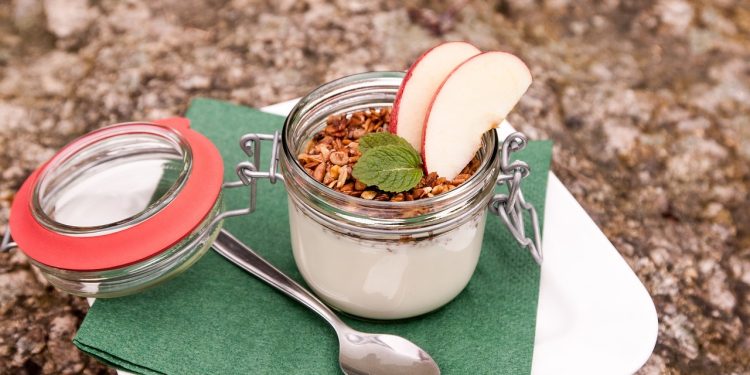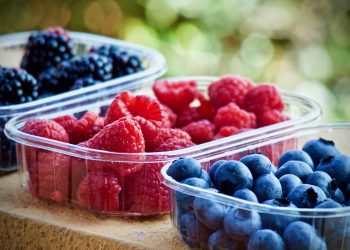Meal prepping has gained immense popularity among individuals seeking a healthier, more organized approach to eating. Whether you’re a busy professional, a student juggling multiple responsibilities, or someone who wants to minimize food waste and save money, meal prepping can transform your relationship with food. Here’s how to get started with a beginner-friendly plan that ensures your meals are nutritious, satisfying, and easy to prepare.
Understanding the Basics of Meal Prepping
Before diving into meal prep, it’s essential to understand what it entails. Meal prepping involves preparing ingredients or full meals in advance to save time during the week. It’s about creating a sustainable system tailored to your dietary preferences and lifestyle. Whether you’re prepping breakfast, lunch, dinner, or snacks, the goal is to make healthy eating accessible and stress-free.
Benefits of Meal Prepping
- Saves Time: Cooking in bulk reduces the need for daily meal preparation, freeing up valuable time.
- Promotes Healthy Eating: Having pre-prepared meals on hand discourages impulsive unhealthy food choices.
- Reduces Food Waste: Planning portions and using ingredients efficiently minimizes food waste.
- Saves Money: Buying ingredients in bulk and avoiding takeout can significantly reduce expenses.
- Supports Dietary Goals: Whether you’re aiming for weight loss, muscle gain, or improved energy levels, meal prep helps you stick to your plan.
Steps to Begin Your Meal Prep Journey
1. Set Clear Goals
Start by identifying your primary reasons for meal prepping. Are you trying to eat healthier, save time, or manage a specific dietary plan? Your goals will influence your approach to meal prep, including the types of recipes and portion sizes you choose.
2. Assess Your Schedule
Take a close look at your weekly routine to determine the best day for meal prepping. Many people prefer Sundays or Mondays, but choose what works best for you. Allocate a few hours to plan, shop, and cook.
3. Plan Your Menu
Select recipes that align with your dietary preferences and nutritional needs. Aim for a balanced mix of proteins, carbohydrates, healthy fats, and vegetables. Keep it simple at first by choosing recipes with minimal ingredients and straightforward cooking techniques.
Example Menu for Beginners
- Breakfast: Overnight oats with berries and nuts
- Lunch: Grilled chicken with quinoa and steamed broccoli
- Dinner: Baked salmon with roasted sweet potatoes and asparagus
- Snacks: Greek yogurt, fruit, or homemade energy bars
4. Create a Shopping List
Once you’ve planned your menu, make a comprehensive shopping list. Group items by category—produce, proteins, pantry staples—to streamline your grocery trip. Stick to the list to avoid overspending or purchasing unnecessary items.
5. Invest in Quality Containers
Good-quality containers are the backbone of successful meal prepping. Opt for BPA-free, microwave-safe options with secure lids. Glass containers are ideal for reheating, while compartmentalized ones work well for portion control.
6. Start Cooking
Batch cooking is the heart of meal prepping. Focus on preparing multiple servings of your selected recipes. Cook ingredients like rice, pasta, and proteins in bulk, then mix and match them to create variety in your meals. Don’t forget to season each dish adequately for maximum flavor.
7. Label and Store
Clearly label your containers with the meal name and date of preparation. Proper storage is crucial to maintain freshness. Refrigerate meals you’ll eat within a few days and freeze the rest. Familiarize yourself with the recommended storage durations for different foods.
Tips for Successful Meal Prepping
- Start Small: Begin with prepping just one or two meals a week to avoid feeling overwhelmed.
- Use Versatile Ingredients: Choose ingredients that can be used in multiple dishes, such as roasted vegetables, grilled chicken, or boiled eggs.
- Embrace Freezer-Friendly Meals: Soups, stews, and casseroles freeze well and are easy to reheat.
- Incorporate Variety: Rotate recipes and experiment with flavors to prevent boredom.
- Stay Organized: Keep your pantry stocked with essentials and maintain a tidy cooking space.
Overcoming Common Challenges
Meal prepping might seem daunting at first, but addressing common challenges can help you stay on track.
- Lack of Time: If your schedule is tight, focus on prepping quick recipes or partial meals, like chopping vegetables or marinating proteins.
- Monotony: Spice up your menu by trying new cuisines or incorporating seasonal ingredients.
- Storage Issues: If fridge space is limited, use stackable containers or prioritize recipes that don’t require refrigeration.
- Burnout: Allow yourself flexibility. It’s okay to take a break and order takeout occasionally.
Measuring Progress
Evaluate your meal prep routine regularly. Are you meeting your goals? Are your meals enjoyable and satisfying? Adjust your plan as needed to align with your preferences and lifestyle changes. Remember, meal prepping is a journey—it’s about progress, not perfection.
By adopting these strategies, you’ll discover that meal prepping is not only manageable but also a rewarding way to prioritize your health and well-being.










